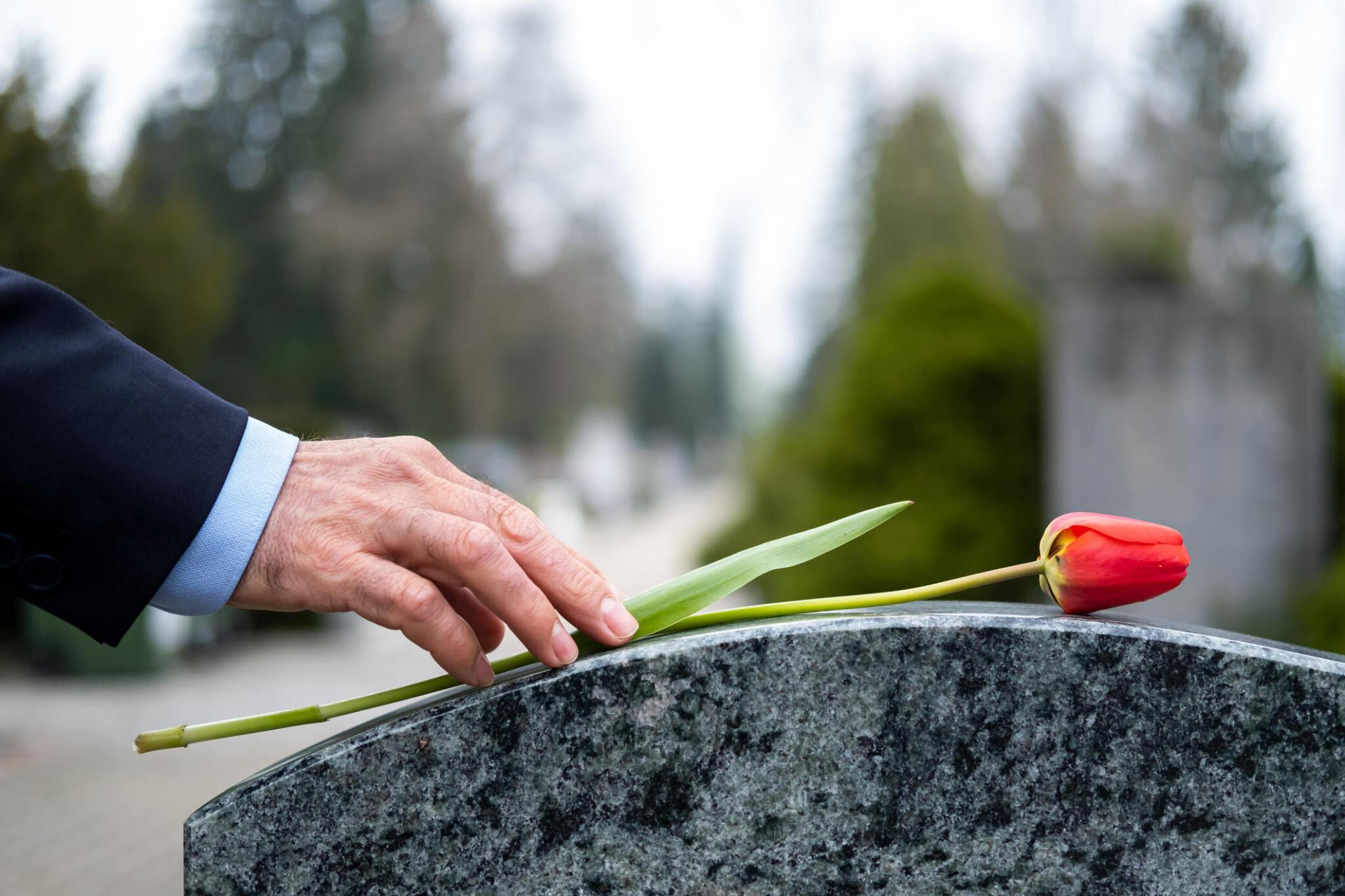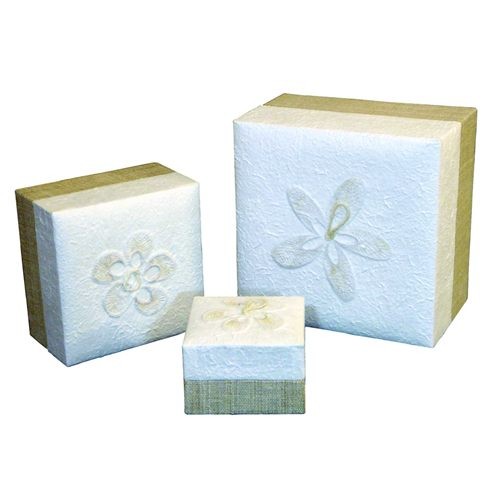Revolutionizing Burial Practices: Human Composting

In recent years, there has been a growing interest in finding alternative and sustainable methods for burial practices. This interest is driven by a variety of factors, including environmental concerns, the high cost of traditional burials, and a desire for more personalized and meaningful ways to honor and remember our loved ones. One such method that has gained attention is human composting. This revolutionary approach to burial not only offers an environmentally friendly option but also provides a unique way to honor and remember our loved ones. In this article, we will explore the concept of human composting, its benefits, and its current implementation in places like Vermont and San Diego.
What is Human Composting?
Human composting, also known as natural organic reduction, is a process that transforms human remains into nutrient-rich soil. It involves placing the body in a container filled with organic materials such as wood chips, straw, and sawdust. Over time, the body naturally decomposes, aided by microorganisms and heat generated by the organic materials. This process results in the creation of nutrient-dense soil that can be used for gardening or reforestation.
The process of human composting is a natural one, similar to the decomposition that occurs in nature. However, it is accelerated through the use of specific organic materials and controlled conditions. The body is placed in a specially designed vessel, where it is covered with a mixture of wood chips, straw, and other organic materials. These materials provide the necessary carbon and nitrogen for the decomposition process, while also helping to control odor and facilitate the breakdown of the body.
Benefits of Human Composting
Environmental Sustainability
One of the primary benefits of human composting is its positive impact on the environment. Traditional burial practices often involve embalming the body with harmful chemicals and burying it in a casket made of non-biodegradable materials. This contributes to the pollution of soil and groundwater. In contrast, human composting eliminates the need for embalming and uses organic materials that decompose naturally, minimizing the environmental footprint.
Furthermore, human composting helps to conserve land. Traditional burials require a significant amount of space, which can lead to deforestation and habitat destruction. With human composting, the remains are transformed into soil that can be used to support plant life, rather than taking up space in a cemetery.
Nutrient-Rich Soil
Human composting not only benefits the environment but also creates nutrient-rich soil. The resulting soil can be used to grow plants, trees, and other vegetation. This promotes sustainable agriculture and reforestation efforts, contributing to the overall health of the ecosystem. Additionally, the nutrient-rich soil can be used in community gardens or donated to local farms, further enhancing food production and community engagement.
The soil produced through human composting is rich in nutrients, including nitrogen, phosphorus, and potassium, which are essential for plant growth. This makes it an excellent resource for gardening and farming. Moreover, using this soil to grow plants and trees can serve as a living memorial for the deceased, providing a tangible and lasting connection to the natural world.
Cost-Effectiveness
Traditional burial practices can be expensive, involving costs such as embalming, caskets, and cemetery plots. Human composting offers a more cost-effective alternative. The process requires fewer resources and eliminates the need for expensive caskets and burial plots. This makes human composting an accessible option for individuals and families who are looking for affordable and sustainable burial alternatives.
In addition to being more affordable, human composting also offers more flexibility. Families can choose to keep the resulting soil, use it to plant a memorial tree or garden or donate it to a local farm or community garden. This allows for a more personalized and meaningful way to remember and honor the deceased.
Implementation in Vermont
Vermont became the first state in the United States to legalize human composting in 2020. The legislation, known as the Human Composting Bill, allows individuals to choose natural organic reduction as a method of disposition after death. This groundbreaking law has opened the door for a new era of burial practices in the state.
The Green Burial Association of Vermont has been at the forefront of promoting and implementing human composting in the state. They provide education and resources to individuals and funeral homes interested in offering this option to their clients. The association also works closely with legislators and policymakers to ensure the proper regulation and oversight of human composting practices.
The legalization of human composting in Vermont represents a significant step forward in the movement towards more sustainable and environmentally friendly burial practices. It provides a legal framework for the practice, ensuring that it is carried out in a safe and respectful manner. Moreover, it offers individuals and families a new option for end-of-life planning, one that aligns with their values and beliefs about death and the environment.
Human Composting in San Diego
While Vermont may have been the first state to legalize human composting, San Diego is leading the way in its implementation. The city is home to Recompose, the first facility in the United States dedicated to human composting. Founded by Katrina Spade, Recompose offers a unique and dignified approach to burial.
At Recompose, the bodies are placed in individual vessels filled with organic materials. Over the course of 30 days, the bodies naturally decompose, transforming into nutrient-rich soil. The process is carefully monitored and regulated to ensure proper decomposition and the creation of safe and high-quality soil.
Recompose represents a new model for death care, one that is rooted in sustainability and respect for the natural world. The facility offers a serene and peaceful environment, where families can gather to say their goodbyes and witness the transformation of their loved ones remains into soil. This approach not only reduces the environmental impact of burial but also provides a meaningful and healing experience for those who are grieving.
Conclusion
Human composting is revolutionizing burial practices by offering an environmentally sustainable and cost-effective alternative. With its numerous benefits, including environmental sustainability, nutrient-rich soil, and cost-effectiveness, human composting is gaining traction in places like Vermont and San Diego. As more states and cities recognize the value of this innovative approach, we can expect to see a shift towards more sustainable and meaningful ways of honoring our loved ones in their final resting place.
The growing interest in human composting reflects a broader societal shift towards more sustainable and environmentally conscious practices. It represents a new way of thinking about death and burial, one that embraces the natural cycle of life and death and seeks to minimize our impact on the planet. As we continue to grapple with the challenges of climate change and environmental degradation, human composting offers a hopeful and inspiring vision for the future of burial practices.




